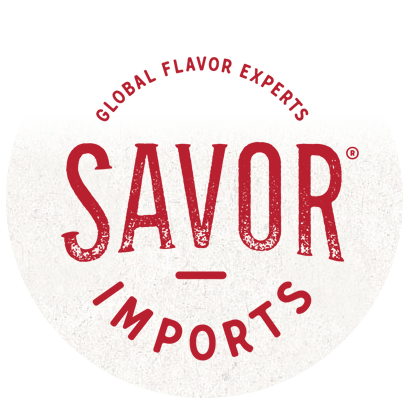January 2024
Logistics Update
Ocean freight is currently running efficiently. However, there are 2 canal issues we are watching closely.
Suez Canal - Recent attacks on ships in the Red Sea have prompted carriers to divert ships from the Suez Canal, rerouting through the Cape of Good Hope. This is a fluid situation as carriers evaluate the impact on routing, transit time, and costs. However, rerouting is expected to increase overall transit time by approximately 10-14 days. We are building the incremental time into our supply modeling to ensure adequate service to our customers. Additionally, we predict this situation will result in carriers implementing additional surcharges and increasing rates.
Panama Canal - The Panama Canal is being impacted by a severe drought. This major maritime trade route has seen very low water levels and has been forced to reduce the number of ship crossings. This has caused a vessel traffic jam and increased shipping times. On December 15th, The Panama Canal announced it will increase the number of booking slots available. From mid-January, the canal authority said it will operate at 24 transit slots per day, compared to the 18 it had planned in a prior announcement.
Ocean Freight Rates - Ocean rates will likely remain at the current affordable levels the first nine months of 2024. We are anticipating potential increases (10-15%) moving into the peak shipping season in Q4. Unpredictable factors, such as ongoing global disruptions including the Israel-Hamas and Ukraine conflicts, could create issues, and, in turn, spontaneously drive market rates higher.
